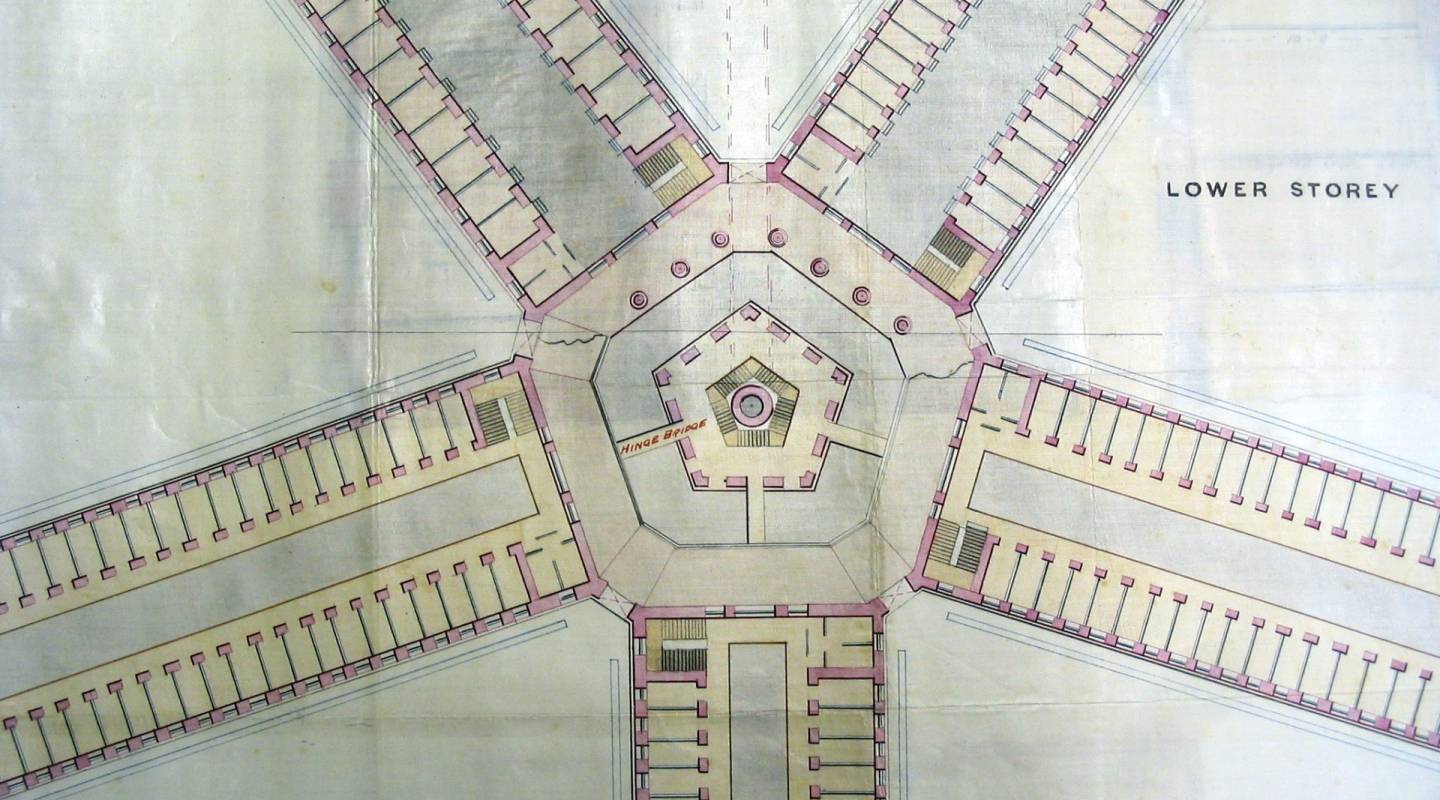
Singapore
Capital city — Singapore
Country population
Incarceration rate (per 100,000 inhabit…
Type of government
Human Development Index
i2016/ UNDPName of authority in charge of the pris…
Total number of prisoners
i2016/ Asian and Pacific Conference of Correctional AdministratorsPrison density
Total number of prison facilities
i2012An NPM has been established
Female prisoners
Incarcerated minors
Percentage of untried prisoners
Death penalty is abolished
The penitentiary system
Premises
Changi Prison was originally built by the British administration in 1936. It was used as a detention center for prisoners of war during the Second World War. The building was demolished in 2000, when the Redevelopment of the Changi Prison Complex began. The project was awarded to CPG Corporation and cost nearly 800 million dollars.
The project consisted of four clusters of institutions, support facilities and the Singapore Prison Service (SPS) headquarters. The site was constructed in phases. Cluster A opened in 2004 and Cluster B in 2010.
The Changi Prison complex is the most densely populated prison in the world. It can accommodate 23,000 inmates. It is a modern, high-rise and high-tech super prison. The SPS describes it as “ultra-utilitarian”, justifying its scale by claiming it facilitates operations and saves money, thanks to common services. However, no consideration is given to the humane treatment of inmates. The complex is described as extremely claustrophobic, since everything is indoors, and prisoners rarely get to see the sunlight.
The SPS is currently installed in Upper Changi Road North, next to the Singapore Corporation of Rehabilitative Enterprises (SCORE); it is building its new headquarters at the Changi Prison Complex. The project includes four main buildings, several smaller office facilities, a multi-purpose hall, a clubhouse and an auditorium.
Sembawang Engineers and Constructors (SEC) was awarded the $118.5 million contract for the Changi Prison in 2012. Construction was scheduled to be completed in 2014, but was delayed due to the financial woes of its original contractor, currently under judicial management. A new contract was awarded to Precise Development and the project was completed in 2016.
Number of available places for prisoners
16,249
The Singapore Prison Service has seven staff divisions:
- Operations
- Staff Development
- Corporate Services
- Rehabilitation & Reintegration
- Strategic Planning & Research
- Intelligence
- Psychological & Correctional Rehabilitation Division (PCRD)
The Singapore Prisons Emergency Action Response (SPEAR) is an elite force deployed to control riots or fights.
Inmates’ testimonies describe prison staff as cold and brutal. Staff members shout at inmates on a regular basis and impose cruel punishments such as standing in a fixed position for long periods of time.
Prison officers track inmates’ movements through video analytics and facial recognition. This system will be implemented first at the women’s prison by the second half of 2017. Soh Wai Wah, Singapore’s former Commissioner of Prisons, declared that SPS “envisages a future where we can run a prison without guards.” Soh Wai Wah justified this reform by saying it would make prison work more attractive to the younger generation. The government competes with other industries which are rapidly transforming, and prison work seems less attractive.
However, this reform raises important concerns over the gradual process of the dehumanization of prisons in Singapore. The Changi Prison Complex is already the most densely populated prison on the planet, described as cold and claustrophobic. Behind SPS rhetoric of goodwill intentions, one can assume that the main purpose for this reform is to further reduce the prison’s annual budget.